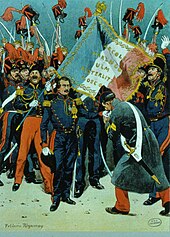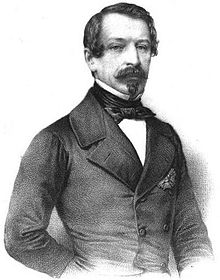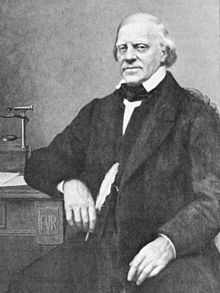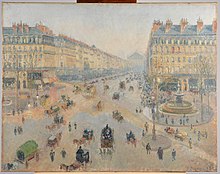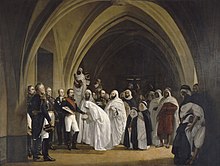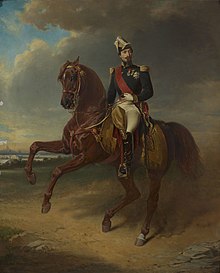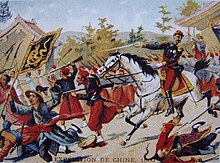Napoleon III.
Back

Image source
Wikimedia
https://en.wikipedia.org/wiki/File:Louis-Napol%C3%A9on_Bonaparte_1836.JPG
Basic data
-
Bonaparte, Charles Louis Napoléon
-
April 20, 1808 in Paris
-
†January 9, 1873 in Chislehurst bei London
-
Paris, London
Documents
Biographical information from the WeGA
Sohn von Louis Napoléon Bonaparte und dessen Frau Hortense de Beauharnais; 1848 bis 1852 französischer Staatspräsident, 1852 bis 1870 Kaiser von Frankreich

